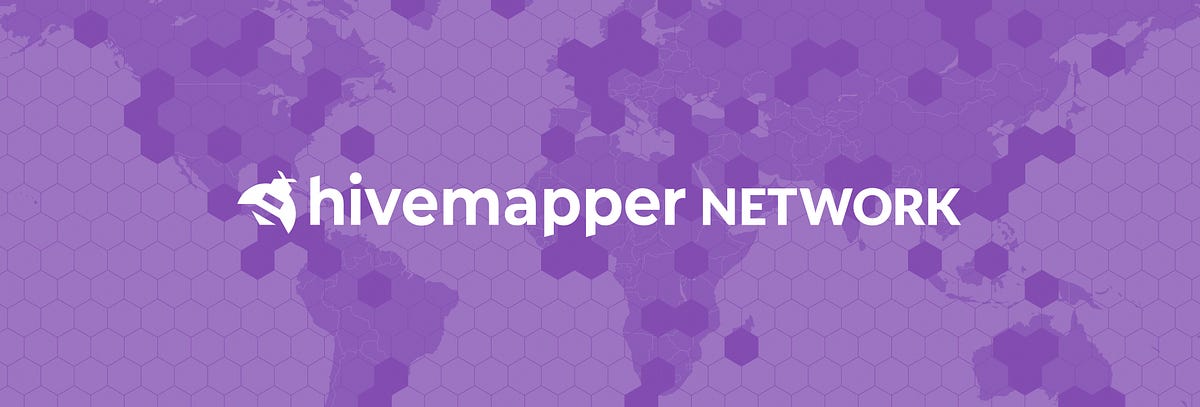Actually you would need a Part 107 license whether there is money involved or not. Since you are flying for another entity, it is strictly Part 107 right from the start.
What are the advantages to having a Part 107 FAA drone license? Do you need it to make money? Are you allowed to fly the drone in more areas?

www.thedronegirl.com
3 ADVANTAGES, AND 3 DISADVANTAGES OF HAVING A PART 107 LICENSE
Kirk Ryan says:
December 19, 2018 at 4:58 am
I’m a drone pilot (hobbyist), but also have a GA license to fly helicopters (real ones).
I can see no purpose for a commercial drone license. It provides absolutely nothing to safety or knowledge of flying. The arbitrary separation of permitted activities between commercial and hobbyist is laughable. EVERY drone pilot needs to know and follow the same rules. Nighttime vs day time, notification of tower vs not, etc. give me a break. These are there just to make money for the government agencies. The rules don’t even make sense. Why would I need a special license to take a video for my school or work, but not if I didn’t sell it. I would be doing the EXACT SAME ACTIVITIES IN THE EXACT SAME LOCATION AND MANNER.
Drones rules should be uniform and reasonable. Yes we do need rules as there are really stupid people out there that need to be punished for doing **** stupid things.
– Max of 400 feet AGL
– Min of 50 feet above any building
– In controlled airspace may operate as long as Max of 25 feet above the highest edifice within 500 feet horizontally. Rationale: no plane or helicopter will be in that space as they would risk hitting the edifice.
– Everyone can fly at all hours of the day or not. No logical reason to restict separately. Almost all drones are linked to a phone, tablet or computer screen while in use which is basically using IFR with drones.
– No requirement to have license for commercial drone use. It provides nothing extra other than cost.
If there’s a specific part of the Part 107 rules for commercial drone pilots that is sure to elicit a lot of discussion and arguments, it’s probably the restrictions regarding flying drones at night. What

3dinsider.com
Part 107 can't fly at night, but hobbyist can or have to wait up to 90 days for approval?
So, how do you apply for this waiver? This here is another problem, as the waiver application and approval processes are very long and tedious. First, you need to file the waiver application through the FAA’s DroneZone portal. The waiver includes the names of the Person Responsible and the Remote Pilot, as well as a very detailed description of the operations. This description needs to include any potential risks that you have identified and the mitigating measures you intend to implement.
The basic rule of thumb when applying for a waiver is the more detailed the request, the better your chances of getting a waiver request approved. Most successful waiver applications state how long they intend to fly, where they will fly (with a map and coordinates, the capabilities of the drone and the drone pilot, and how the drone pilot intends to maintain visual contact with the drone despite the lack of daylight.
It is absolutely essential that you outfit your drone with anti-collision lights if you intend to fly at night. Although most modern drones come with their own lighting systems, it is still better to settle for after-market strobe lights since they are brighter. You also need to give some thought to how you will attach these strobe lights to your drone, ensuring that adhesives or connections are suitably durable and weather-proof. You may also consider investing in a lightweight
GPS tracker that can help locate your drone, even in pitch dark, should you get into a crash.
Once you have filed your waiver request, the FAA may take up to 90 days for your request to be approved. This means that commercial drone pilots need to plan and prepare for their nighttime gigs way ahead of time. Although the concession of FAA for approving flying drones at night is well-appreciated, the long waiting time and tedious application process can feel very discouraging. It might not also be practical for many commercial drone pilots, many of whom cannot afford to stick to a 90-day lead time for potential jobs.
So, how do you apply for this waiver? This here is another problem, as the waiver application and approval processes are very long and tedious. First, you need to file the waiver application through the FAA’s DroneZone portal. The waiver includes the names of the Person Responsible and the Remote Pilot, as well as a very detailed description of the operations. This description needs to include any potential risks that you have identified and the mitigating measures you intend to implement.
The basic rule of thumb when applying for a waiver is the more detailed the request, the better your chances of getting a waiver request approved. Most successful waiver applications state how long they intend to fly, where they will fly (with a map and coordinates, the capabilities of the drone and the drone pilot, and how the drone pilot intends to maintain visual contact with the drone despite the lack of daylight.
It is absolutely essential that you outfit your drone with anti-collision lights if you intend to fly at night. Although most modern drones come with their own lighting systems, it is still better to settle for after-market strobe lights since they are brighter. You also need to give some thought to how you will attach these strobe lights to your drone, ensuring that adhesives or connections are suitably durable and weather-proof. You may also consider investing in a lightweight GPS tracker that can help locate your drone, even in pitch dark, should you get into a crash.
Once you have filed your waiver request, the FAA may take up to 90 days for your request to be approved. This means that commercial drone pilots need to plan and prepare for their nighttime gigs way ahead of time. Although the concession of FAA for approving flying drones at night is well-appreciated, the long waiting time and tedious application process can feel very discouraging. It might not also be practical for many commercial drone pilots, many of whom cannot afford to stick to a 90-day lead time for potential jobs.
The stimulus that brought about this proposed change was the huge volume of waiver requests that the FAA have received regarding flying drones at night. Despite this volume, there was not a single recorded drone-related accident that happened under the conditions of a nighttime waiver. This has led the FAA to develop confidence in the skills of commercial drone pilots and in the benefit of using anti-collision lights that are visible within three statute miles.

 bit.ly
bit.ly


 bit.ly
bit.ly














